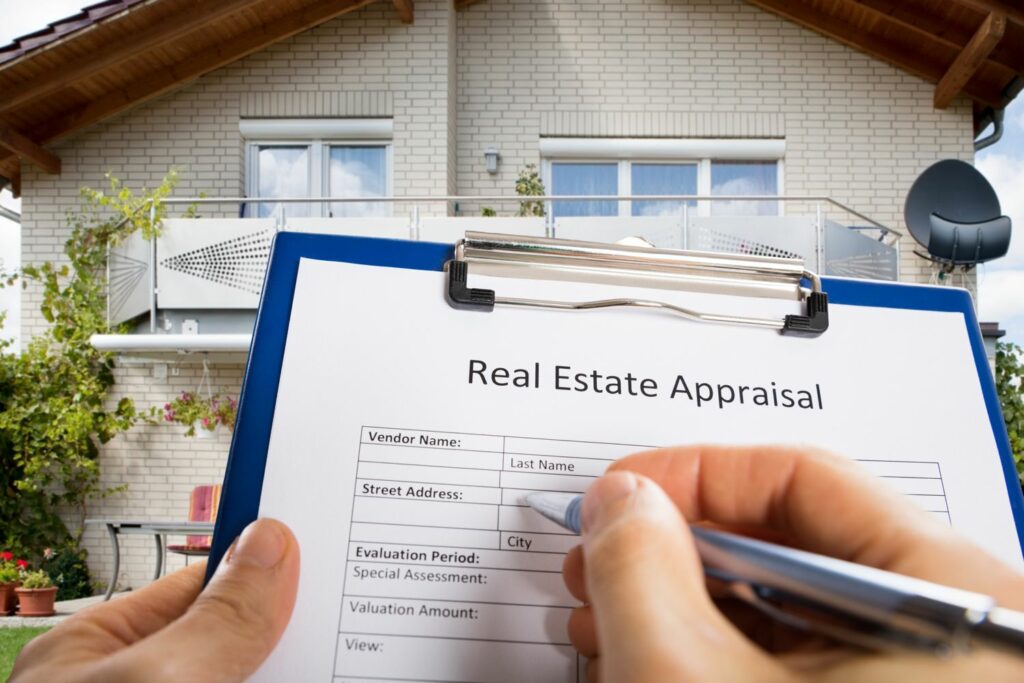Real Estate: How to remove PMI early from your mortgage & save money
If you purchased a house using a conventional loan & put up less than 20% for your down payment, you are paying PMI (Private Mortgage Insurance) on top of your mortgage payment each month. That insurance isn’t for you, it’s for the lender. PMI protects the lender in case the home is sold in foreclosure for less than what’s owed in the mortgage.
So you get to buy the home without putting up a hefty down payment, but you are forced to pay that premium each month to protect your lender. Aargh! PMI is automatically cancelled once you build up equity in your home, specifically 22 percent or more.
Of course, this can take several years depending on your interest rate. For instance, if you want to buy a $250K home, put $10K down and borrow $240K at 4%, you won’t hit that 22% mark in equity for about 8 years. PMI typically costs between 0.5% to 1% of the entire loan amount annually. You could pay between $1,200 to $2,400 a year ($100 – $200 monthly) on a $240,000 loan.
There are a few ways to escape PMI early, if the value of your home rises based off rising home prices or remodeling. For instance, if that $250K home in the example above rises in value to $300K, then the 22% threshold is now at $234,000. Escaping early could translate to saving thousands of dollars over the next several years!
However, your lender isn’t monitoring your home’s value all the time. It’s up to you to make sure they know. To get the ball rolling, contact your lender and see if you can get PMI removed by doing an appraisal. If yes, your lender will send you a letter via snail mail detailing multiple options.
Here’s a sample of options a lender could send over:
- Option 1: Send a check to cover an amount that will reduce the LTV (Loan-to-Value) ratio to 78%. You must be current on all mortgage payments.
- Option 2: Send a check to cover an amount that will reduce the LTV ratio to 80%. You also must provide proof the property value hasn’t declined (appraisal) and be current on all mortgage payments.
- Option 3: If you closed on your mortgage within 2 to 5 years ago & have made structural improvements, an appraisal must show the LTV ratio has been reduced to 80%. You must be current on all mortgage payments.
- Option 4: If you closed on your mortgage within 2 to 5 years ago & have NOT made structural improvements, an appraisal must show the LTV ratio has been reduced to 75%. You must be current on all mortgage payments.
Every contract is different, thus you should check with your lender to see their version of the options listed above. Many lenders add terms about not having any late 30-day payments in the last 12 months or late 60-day payments in the last 2 years.
An appraisal typically costs between $450 to $600 depending on your area, so you should be reasonably confident in the value of your home before ordering one. Your lender will typically recommend an appraiser local to your area, but you can take an extra step to shop around if your lender is open to that option.
An appraisal will include a physical home inspection (the interior and exterior of the home), inspection of any additional buildings on the property, a tour of the neighborhood, research into recently sold homes in the area, and a market trend assessment.
Interestingly, there’s a cheaper option than the appraisal (and less in-depth). It’s called a BPO (Broker’s Price Opinion). Your lender will offer this as an option, if available in your area. Typically between $100 and $200, the BPO is performed by a real estate agent.
They come to your house, take pictures of the property and make an estimate of the value based on comps in the area. This is an ideal option if you haven’t made structural improvements (an appraisal is better for that since the that process is significantly more in-depth).
BPO typically takes a few weeks to accomplish, from the time you first contact the lender to the eventual decision. Appraisals can be weeks longer, depending on the complexity. You will receive a full report of the BPO / appraisal from your lender, ideal if you are planning on selling your home a couple years down the line. Your lender should automatically remove PMI from your monthly payment, if you hit the right value.
If your lender doesn’t have any options to remove PMI early based on your contract, consider refinancing your loan (assuming your home’s value has risen). It’s definitely a more time consuming process, but you may be able to reduce your interest rate while also removing PMI.
Good luck!














